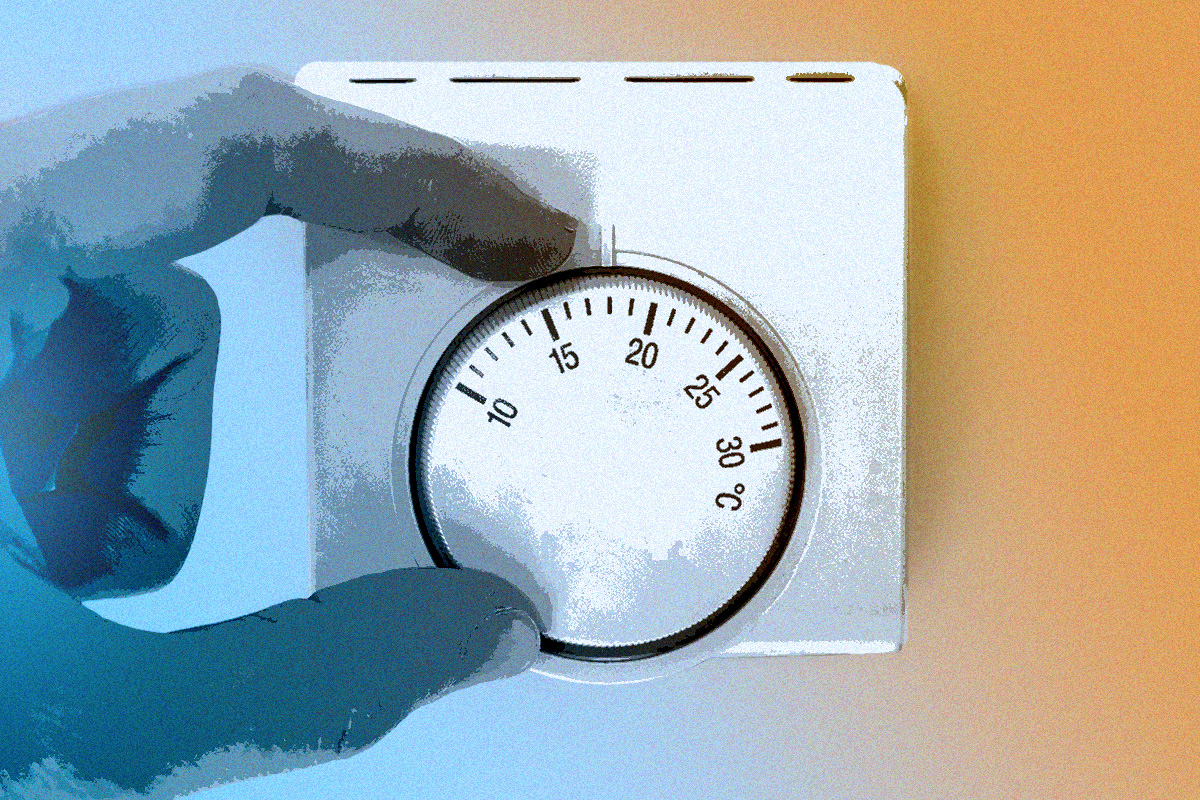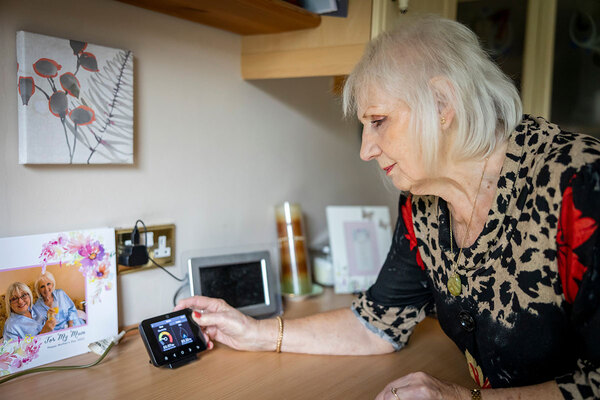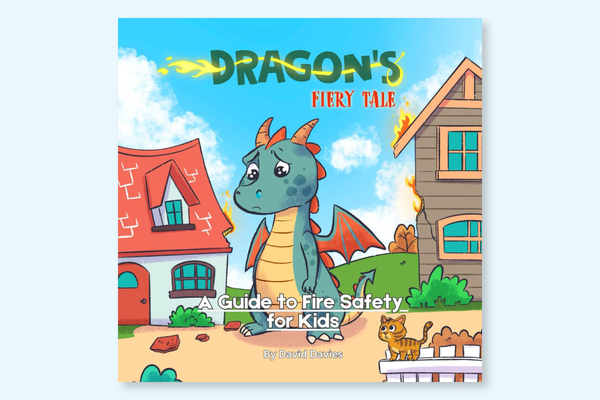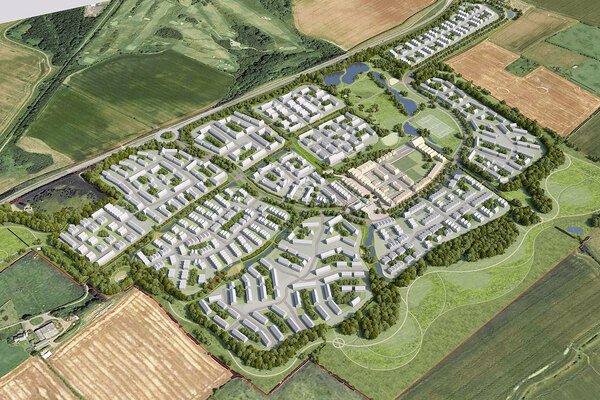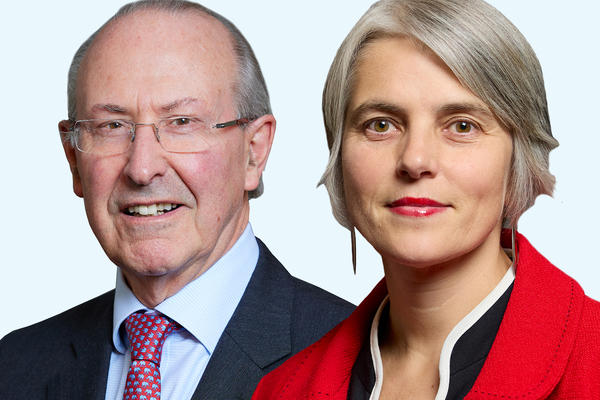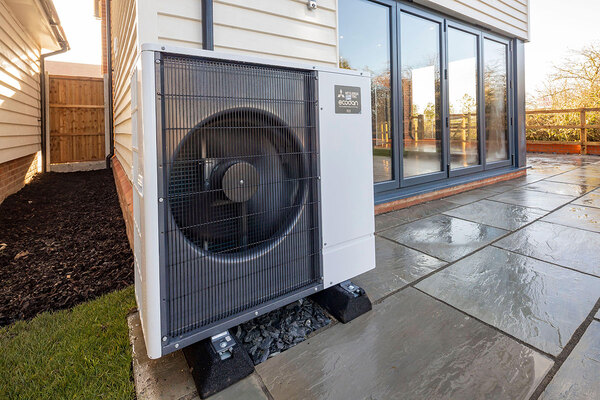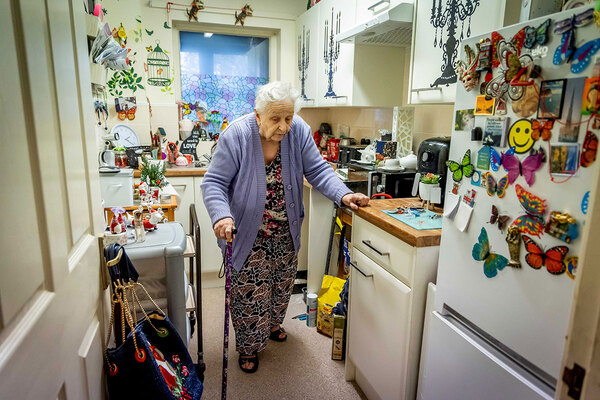Is fuel poverty on the decline?
The latest data from smart thermostat provider Switchee suggests that the fuel poverty crisis may be starting to ease. Inside Housing analyses the figures
In association with:
![]()
Switchee’s Housing Fuel Poverty Index, which uses its smart devices to track fuel poverty in real time, shows that the proportion of social rent homes that failed to reach 18°C in any of the previous seven days from 1 December 2023 to 29 February 2024 was 8.95%. This compares with 11.88% of homes that were in fuel poverty according to this metric in the same period the previous winter. That means that whereas just under one in eight homes were in fuel poverty in the winter of 2022-23, fewer than one in 11 homes experienced fuel poverty in the winter of 2023-24.
Ben Morris, data lead at Switchee, says: “While this decrease is good news, we are aware that part of this fall was down to the milder conditions experienced this winter, with less than half as many days with an average temperature below 0°C compared to the previous winter. We should also be cognisant that fuel poverty levels are still almost 50% higher than in the winter of 2021-22.”
Impact of the weather
According to UK government statistics released in February, the number of households in England in fuel poverty – the government definition is a household that spends at least 10% of its income on energy to heat the home to a reasonable standard – stands virtually unchanged from 2022 (3.17 million compared to 3.18 million). Furthermore, National Energy Action estimates that 6.5 million UK households spend at least 10% of their income on energy bills, the threshold often used as a measure of fuel poverty.
Indeed, the impact of the weather can be seen when contrasting December 2023 figures with January 2024. Last December, the UK recorded an average temperature of 5.8°C, 1.6°C above average, while January’s average was a more typical 3.8°C.
This unusually mild December is reflected in the fuel poverty figures. The average percentage of households that failed to reach 18°C in any of the previous seven days in December was 8.15%, but that figure shot up to 10.6% when the temperature dropped again in January.
The previous winter, the averages were 12.55% in December 2022 and 12.3% in January 2023, reflecting an improved picture overall. February’s figures confirm that this trend is continuing, with just 7.95% of households in fuel poverty according to Switchee’s definition, compared to 10.68% in February 2023.
Mr Morris says: “January was also impacted by the 5% energy price cap rise, although thankfully, energy prices appear to have stabilised for now. Looking forward, the main concern is the record levels of consumer energy debt, which has doubled to almost £3bn as a result of the energy crisis.”
1 in 11
Homes which experienced fuel poverty in the winter of 2023-24 (1 in 8 in 2022-23)
10.6%
Homes in fuel poverty, according to Switchee
12.2%
Homes in fuel poverty in Wales, December 2023 – February 2024 (the highest in the UK)
The data from Switchee also continues to show which regions of the UK are being hit hardest by fuel poverty and where the greatest changes have been.
In England, the North East and South West experienced the most fuel poverty in the three months from 1 December. In the North East, an average of 12.08% of households in the social housing sector failed to reach the 18°C threshold in any of the previous seven days on any given day, while in the South West, that figure was 11.14%. These compare to an average of 16.99% and 14.81% respectively for the equivalent period 12 months previously. The North West was just behind these regions in 2023-24, with an average of 11.12% of households in fuel poverty, although once again, this represents an improvement against last winter, when 15.29% of households fell into fuel poverty.
At the other end of the spectrum, social homes in Greater London performed best, with just 6.24% on average failing to reach 18°C in seven straight days throughout the winter. Yorkshire and the Humber was the next best performing region, with 6.97% adjudged to be in fuel poverty on any given day.
Welsh social households continue to be the worst performing in the UK, according to the Switchee metric. In Wales, the proportion of homes that failed to achieve 18°C in seven straight days was 12.16% from December to February. In the equivalent period in 2022-23, this figure stood at 17.55%, which again made it the worst performing part of the UK.
Scotland, on the other hand, was one of the least fuel-poor parts of the UK, with just 8.89% of social homes falling into fuel poverty in the winter of 2023-24.
In Northern Ireland, just over one in 10 social homes (10.03%) were defined as fuel poor in the same period.
Switchee’s Housing Fuel Poverty Index
This is the second article in a quarterly Housing Fuel Poverty Index update, with the next article in three months’ time. Read the first instalment below.
The numbers behind fuel poverty in the UK
Switchee’s new model shows the number of social households underheating their homes across the UK in real time, during 2022 and 2023. Inside Housing looks into the figures
Sign up to our Best of In-Depth newsletter
We have recently relaunched our weekly Long Read newsletter as Best of In-Depth. The idea is to bring you a shorter selection of the very best analysis and comment we are publishing each week.
Already have an account? Click here to manage your newsletters.
